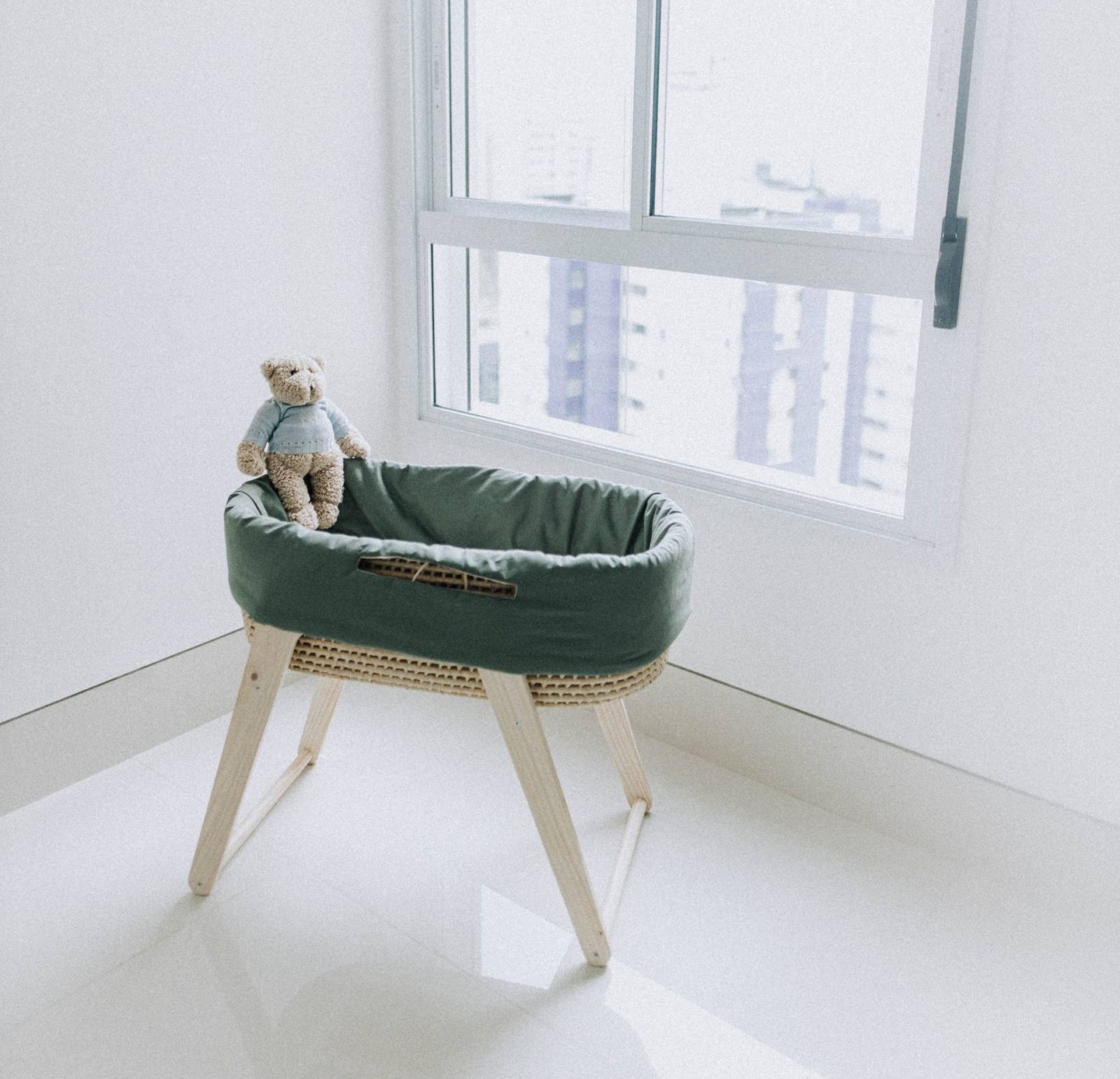For the first part of your baby’s life, their crib is vital. A crib is a safe place to sleep, rest and view the world as the child grows. Like most parents, you go out of your way to ensure the crib is as comfortable as possible. But you may not be aware of how to secure a baby crib properly.

Fit the Right Bedding
Like your own bed, your baby’s bed should be comfortable enough for a sound sleep. This means in addition to a sturdy crib, your baby needs multiple items for a good night’s rest. The most comfort comes with items made specifically for the crib, such as baby fitted sheets for Moses baskets and cots. Additionally, the crib should be equipped with breathable dimple quilts for a soft and soothing sleeping environment.
Remove Toys and Stuffed Animals
Your child’s nursery is a great place to stimulate their senses with plush and colourful toys like stuffed animals and toys. Yet placing these in the crib, as is common, can be a hazard for a baby. Various health organizations recommend that you don’t let your child sleep with stuffed animals and soft toys until they are at least 12 months old. It is thought that the risk of sudden infant death syndrome (SIDS) is higher in newborns and even more significant in the presence of such baby items.
Check for Hazards
In addition to detachable sides or harmful mechanisms, some cribs are designed with many hazards. Most specialist baby manufacturers are aware of most risks and will create their products accordingly. Yet, there are still some things to watch out for. These include:
- Sharp edges: try to buy a crib with rounded edges.
- Nuts and bolts: cover nuts and bolts with tape if possible.
- Cracks in wood: sand or seal any cracks.
- Toxic paint and varnish: check for volatile organic compounds.
It seems counterintuitive, but not all baby products are manufactured with the baby’s safety 100% in mind. By staying aware of some of the dangers of a crib and regularly inspecting it, you can reduce the chances of injury to your bundle of joy when you bring them home.
Close Gates and Lock Movement
There are various types of cribs. Classic cribs allow you to place a baby from the top-down position. Yet, others, such as practical and functional cribs, will enable you to detach the sides. These can present a hazard when not appropriately secured. In addition, some can slide down and trap a baby’s fingers. In contrast, others may separate and potentially let the baby roll out of their crib. Therefore, you should always follow all safety guidelines, as demonstrated in a crib manual. And secure all fittings and mechanisms every time you place a child inside a crib.
Remove Cords and Dangles
One of the most dangerous hazards of a crib is that of loose cords and dangling toys. For example, you may want to place a mobile above the crib, yet if it were to fall, the strings might present a severe choking hazard to your baby. The same goes for anything that is to be secured to a crib. For example, some crib bedding sets use strings and cords to fasten to a crib. So always ensure these are firmly secured and excess cords are tucked away and out of reach of a baby. You should also be aware of hanging toys over the side of the crib.
Disclosure: This is a collaborative post.
